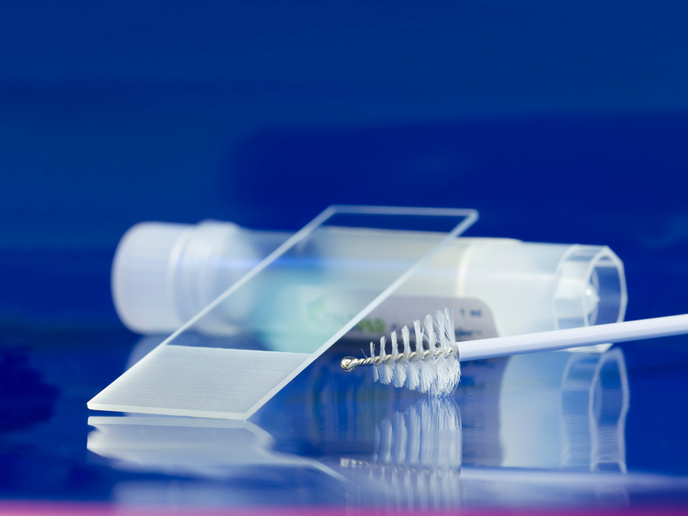New approaches to antiarrhythmic therapy
Antiarrhythmic drugs interfere with ion channel activity and may lead to cardio toxicity and ventricular arrhythmias, resulting in increased ICD therapies. Antiarrhythmic drugs can also lead to morphological changes present in the electrogram, interfering with the ICD function. As the majority of SCDs treated by ICD are induced by ischaemia or coronary artery disease, a new level of understanding of drug-ICD-ischaemia interaction is needed to provide efficient treatment. The EU-funded project CARDIODEF (Multiscale investigation of drug - implantable cardioverter defibrillator interactions for antiarrhythmic therapy) aimed to provide such understanding. The two-year multidisciplinary project combined modelling and simulation with electrocardiography (ECG) signal processing to elucidate the interplay between ischaemia, antiarrhythmic drugs and ICDs. CARDIODEF developed computational models of human ventricular electrophysiology to simulate the effects of antiarrhythmic class I and III drugs in ischaemic and non-ischaemic conditions. Scientists studied the inter-subject variability of the human ventricles in response to acute myocardial ischaemia. This study also showed the variability of the most important mechanisms during ischaemia, which may lead to arrhythmia at the single-cell level. Computer modelling helped in understanding the role of the sodium inactivation gates, affected by class I antiarrhythmic drugs. Both modelling and clinical data suggested that sodium channel availability plays an important role in the dynamics of acute ischaemia. The mechanisms of class III antiarrhythmic drugs were investigated during regional ischaemia in whole human ventricle simulations. The results showed that antiarrhythmic effects of class III drugs were based on prolonged repolarisation, particularly in the normal tissue. At increased doses, pro-arrhythmic mechanisms became predominant. In addition, CARDIODEF evaluated a novel ECG-based biomarker to predict arrhythmic risk following administration of an antiarrhythmic drug (sotalol). Increased dispersion of restitution associated with an increased risk of arrhythmia was quantified from the body surface ECG. Overall, project results support the need for a dose-dependent evaluation of the safety and efficacy of antiarrhythmic drugs in patients with coronary heart disease.
Keywords
Antiarrhythmic, arrhythmias, implantable cardioverter defibrillators, ischaemia, heart disease







